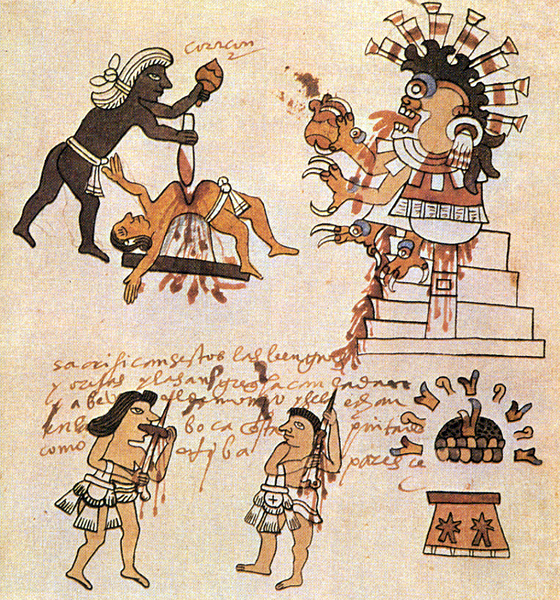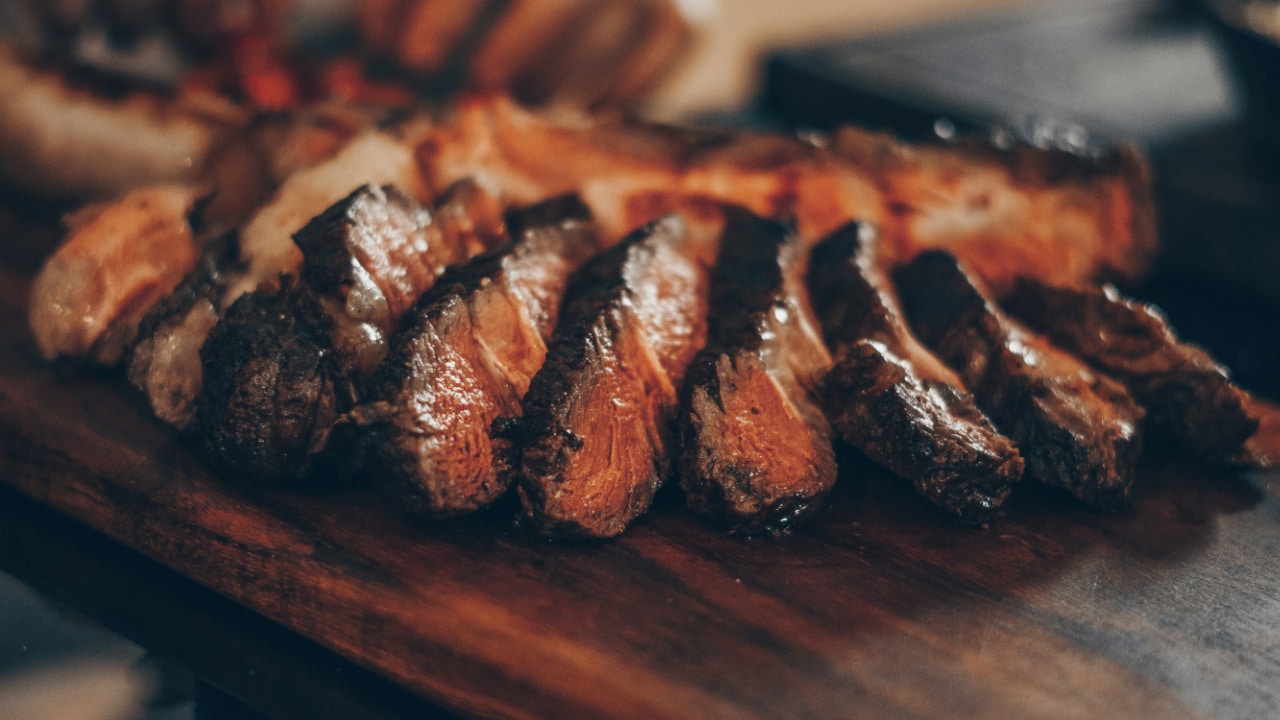The History Of Pozole: Human Sacrifices And a Broth
Did you know Pozole began as a steaming bowl of sacrificed human flesh?
Yes, it did.
Our beloved thick, brothy soup you slurp to cure the nastiest hangover once had floating legs and limbs.
The dark past of this dish will make you think twice the next time you reach for it after a long night of tequila.
The pozole most of us are familiar with is the traditional Mexican dish version with no severed heads or limbs involved.
The dish includes ingredients such as tender pork or chicken, hominy, garlic, yellow onion, cumin, bay leaf, and oregano. It also includes homemade chile sauce, shredded cabbage, radishes, and cilantro pieces as garnish.
Nowadays, we can find a bowl of pozole in butcher shops, pozolerías, or at the family table. However, in the beginning, it was a meal intended for the delight of the Aztec elite.

The dark history of a delicious dish
The real history of pozole, which originated with the Aztecs and other indigenous tribes in Mesoamerica, is one of sacrifice and celebration.
The word comes from the Nahuatl pozolli or posolli; in English, it means a stew of maíz kernels, according to the Nahuatl Dictionary.
The ancient Mexicas, the Nahuatl-speaking indigenous people of the Valley of Mexico and whose capital was Tenochtitlan, were the Aztec Empire rulers.
For their consumption, indigenous people prepared pozole with the meat of the captives sacrificed at festivals. One of those festivals was in honor to Our Lord the Flayed, Xipe Totec — the God of Spring and regeneration.

It was a dish to celebrate the gods, good harvests, and changing seasons
Fray Bernardino de Sahagún, who arrived in New Spain after Tenochtitlan fell, wrote about the dish in his General History of the Things of New Spain — “La Historia General de Las Cosas.”
Sahagún wrote that the Mexicas cooked pozole using the leg of a captured warrior or enslaved people from other tribes, which the Tlatoani, the ruler, savored.
The captive was skinned and dismembered for consumption. Their thighs had the juiciest and best-tasting meat, never roasted but boiled.
Sahagún must have written in disgust.
After the Spanish arrived and banned cannibalism, they replaced human flesh with pork or chicken.
Today, there are three types of pozole: Rojo (red), Blanco (white), and Verde (green). But, independent of the version of pozole one might be eating, the mind will forever go to its dark beginnings.




